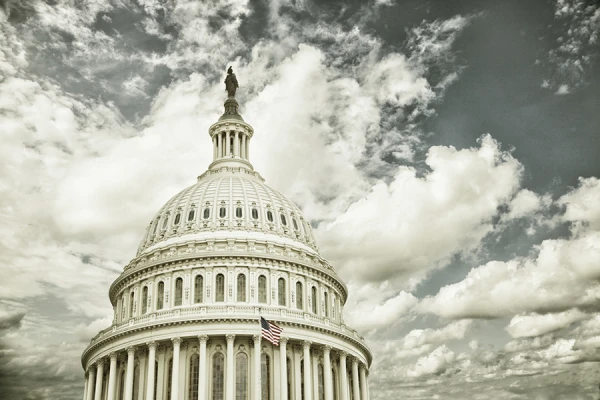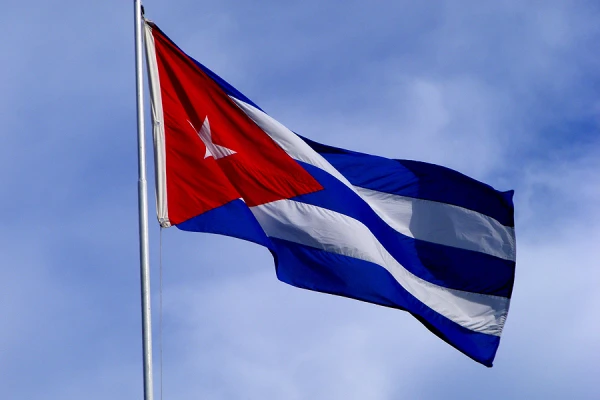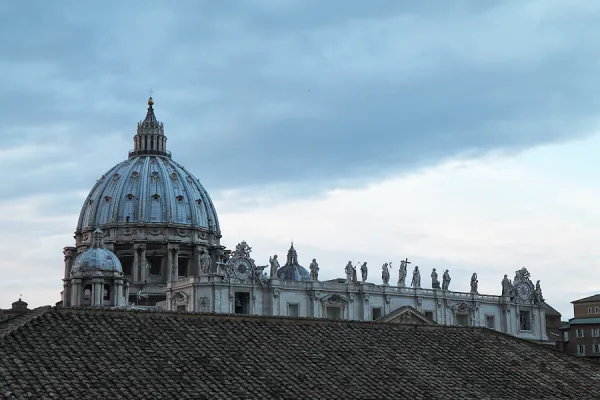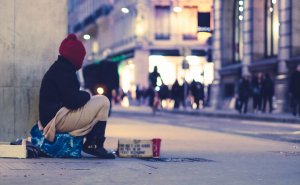Jan. 15 Friday of the First Week of Ordinary Time; Our Lady of Prompt Succor; Black Christ of Esquipulas (Guatemala) , Weekday
It was from St. Jerome (+ 420) that the west learned of the life of St. Paul the Hermit; the book, which he devoted to the life of the first Christian hermit, charmed and instructed generations of the faithful and formed the inspiration of many artists…
Read More



Recent Comments